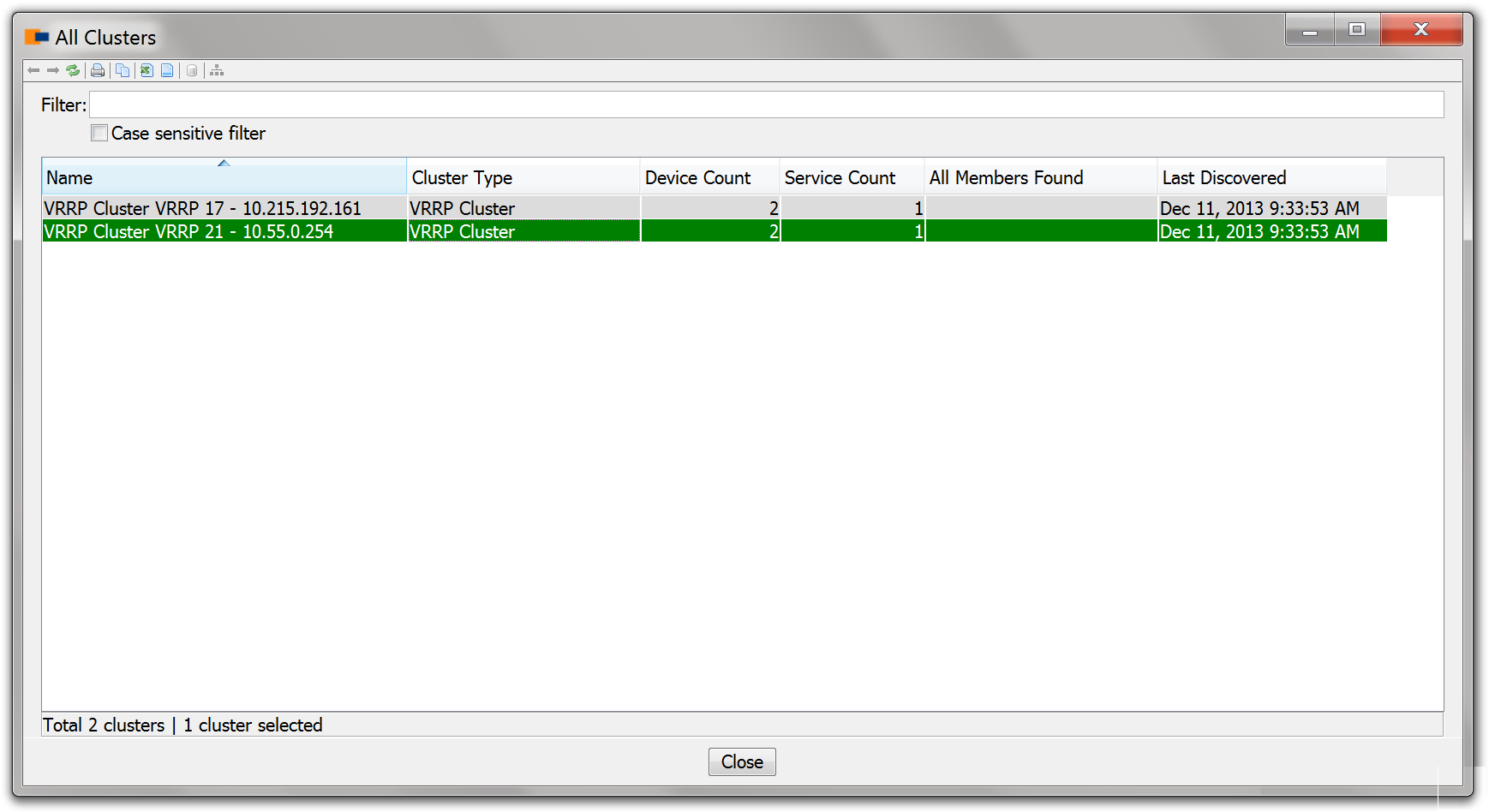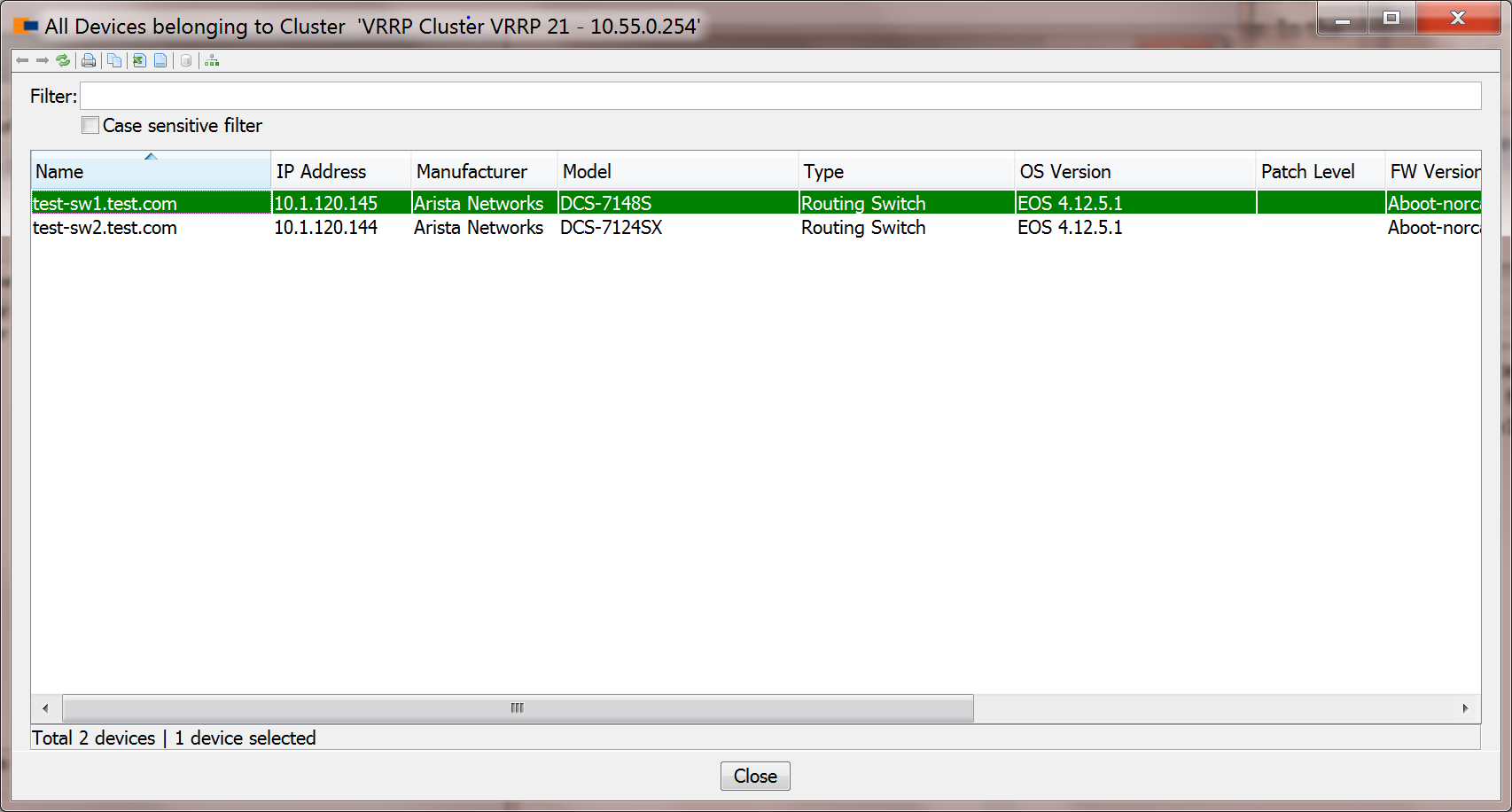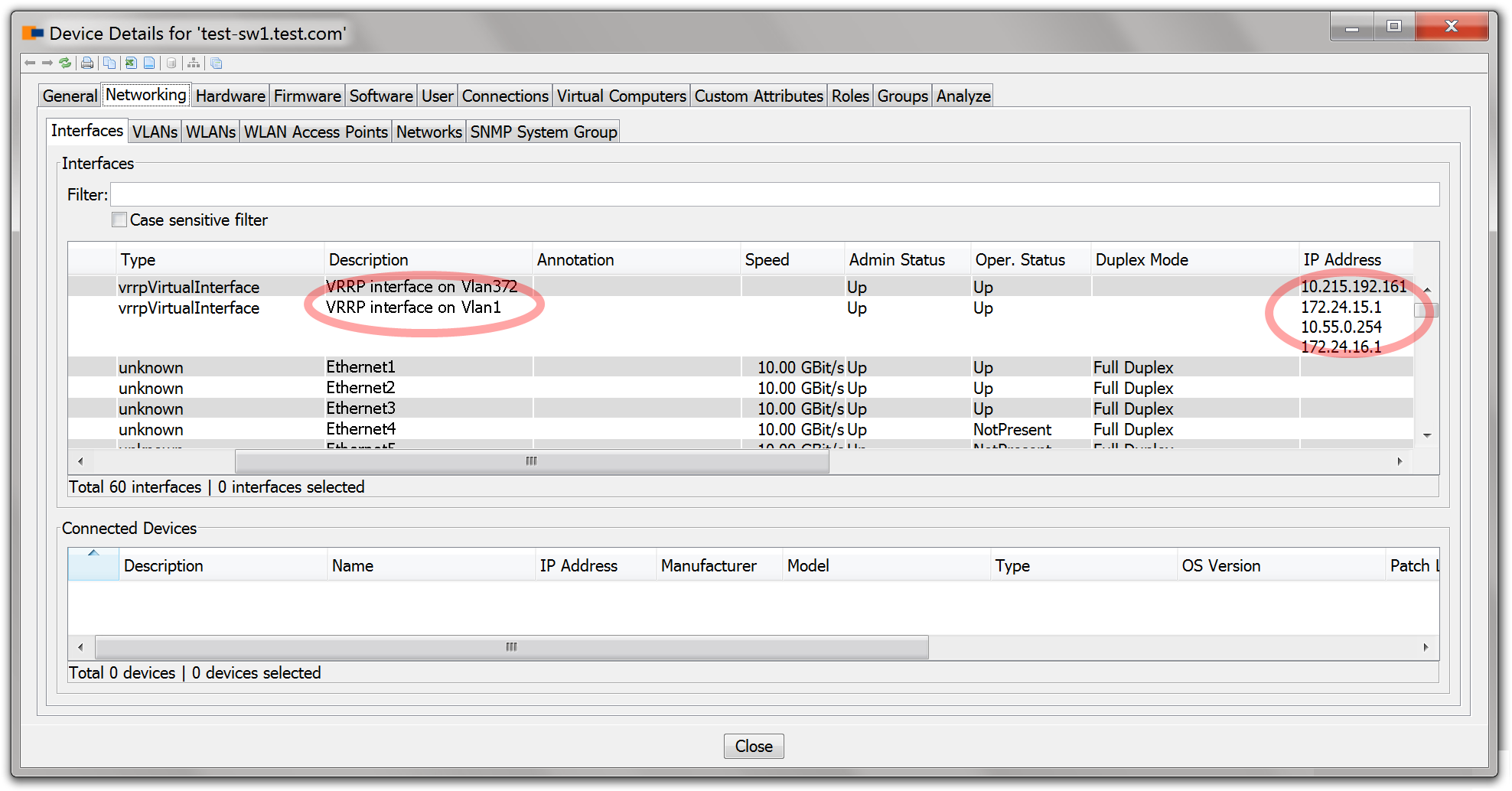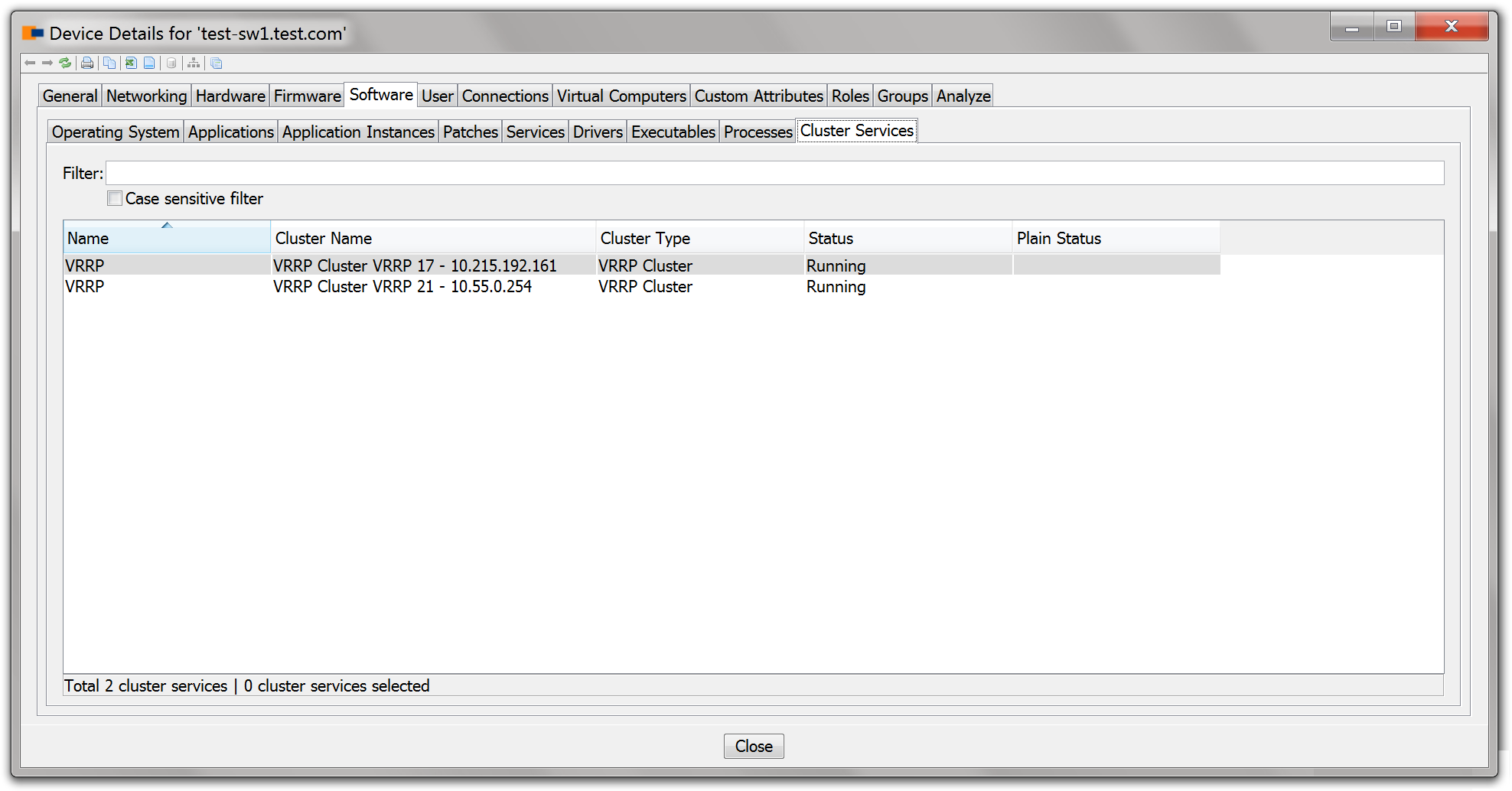Virtual Router Redundancy Protocol (VRRP) and Hot Standby Router Protocol (HSRP)

 Redundancy is a key concept for protecting critical environments against single points of failures. Server cluster assure the availability of critical applications on the corporate network.
Redundancy is a key concept for protecting critical environments against single points of failures. Server cluster assure the availability of critical applications on the corporate network.
However, redundancy doesn’t help if every component of a critical system is designed in a redundant manner. For network infrastructure devices such as switches and routers, there are protocols that create a cluster of redundant switches and routers. The protocols work in a similar manner: Several switches or routers get connected as a virtual switch or router. The virtual switch or router has its own IP and mac address. The algorithms determine the master router or switch of the cluster. The master router or switch handles the traffic and forwards network packets to their destination. In case of a failure, the cluster can select one of its backup switches or routers to be the new master. Usually, this is done within a few seconds and network interruption is minimal.
Examples for this kind of protocols are VRRP (Virtual Router Redundancy Protocol) or HSRP (host standby router protocol from Cisco).
Our latest JDisc Discovery build identifies VRRP and HSRP clusters. It finds out
- what clusters are available on the network
- which cluster services are available on a switch /router (there might be more than one)
- which routers/switches participate in what cluster
Whenever JDisc detects a VRRP or HSRP cluster, it creates a cluster component within its database. Once it finds the members for the cluster (by scanning the participating switches), it assigns them to the cluster. The cluster gets named by the VRRP cluster id and the cluster’s primary IP address. In the following example, we detected two VRRP clusters. Both clusters have two switches that belong to the cluster.
A double-click on the cluster brings you to the list of cluster members for the selected cluster. In this case, we have two Arista switches participating in the cluster:
Once you open the device details, you can see the VRRP interfaces with their primary and secondary VRRP addresses within the interfaces tab.
Finally, the cluster services section within the software tab displays the list of available cluster services on that cluster member.
At this point, I would also say thanks to the customer who helped us with his expertise to implement this pretty nice feature. Although, I am not allowed to disclose the customer name, I would really like to say again “Thank you Mr. E.” 🙂




